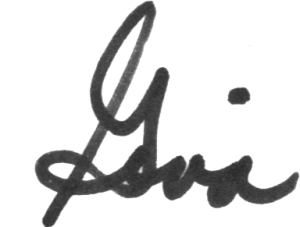It can be confusing to know which type of practitioner to see when your body needs help. There are those of us who are waving the flag of holistic medicine and encourage treating yourself holistically. Yet, in the same breath I’m suggesting that not one practitioner has all of the answers. The truth lies somewhere in the middle.
Should you go to your chiropractor for nutrition advice?
Can your acupuncturist really alleviate muscle spasms?
Do you go to a massage therapist for back pain or should you go to your doctor first for medication like muscle relaxers?
I understand the confusion. The body functions holistically meaning every part is interconnected, it cannot be divided. Therefore, simply explained, there is some overlap in what some treatments can do.
Practitioners know well the scope of their practice and what their modality can offer. We all could do a better job informing you too. Not any one practitioner can do it all – and if your practitioner is telling you otherwise, don’t believe them.
As an educator at that the core, I believe that knowledge is power. When you know better, you do better.
The below summary is not exhaustive but an introductory road map for you to know where to start, save resources and get the results you seek.
- Massage Therapy – treats all soft tissue (muscles, tendons, ligaments, tendons, nerves). Massage is wonderful for nervous system rejuvenation (deep relaxation). Massage cannot guarantee pain relief, especially if the pain source is movement or posture related.
- Bodywork Therapy – treats the same tissues that massage therapy encompasses and also includes treatment of movement function, alignment, scar tissue and pain. While beneficial to the nervous system to be free of pain, Bodywork does not have the same deep relaxation affect as Massage.
- Chiropractic – treats alignment of bones with high velocity. This type of treatment restores joint mobility (joints = where any two bones meet) if the cause of decreased mobility is bone related and not soft tissue related (muscles move bones, therefore it can look like a joint isn’t moving fully when a muscle is in spasm and not allowing movement).
- Acupuncture – treats energy flow conducted along the meridians of the body. Needles are placed into Tsubos which are very superficial openings in the first skin layer. Needles are not placed into muscles. If muscles relax after acupuncture treatment, it is accurate to say the cause of tension was predominantly energy related.
Any of the above practitioners, if trained in nutrition, can offer that too. There are differences between eastern and western nutrition and herbs, and their approach.
Have questions about other treatment types? I’m happy to answer them!
In optimal health,
